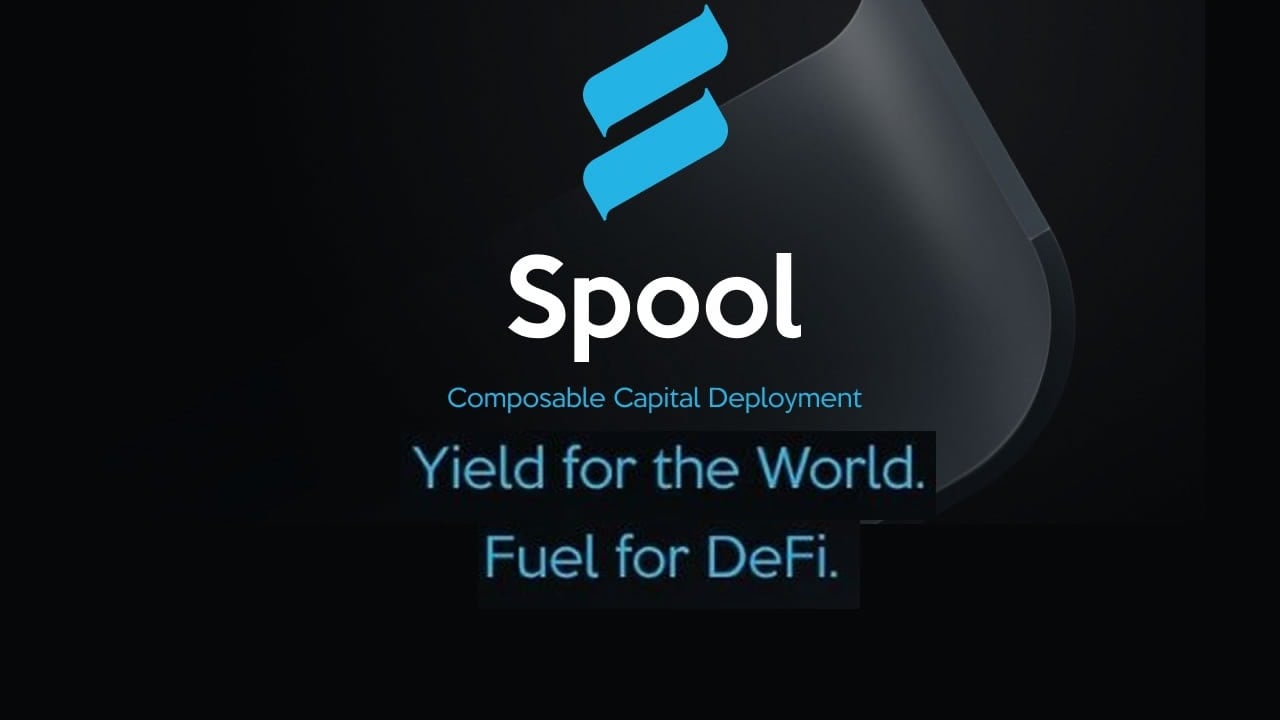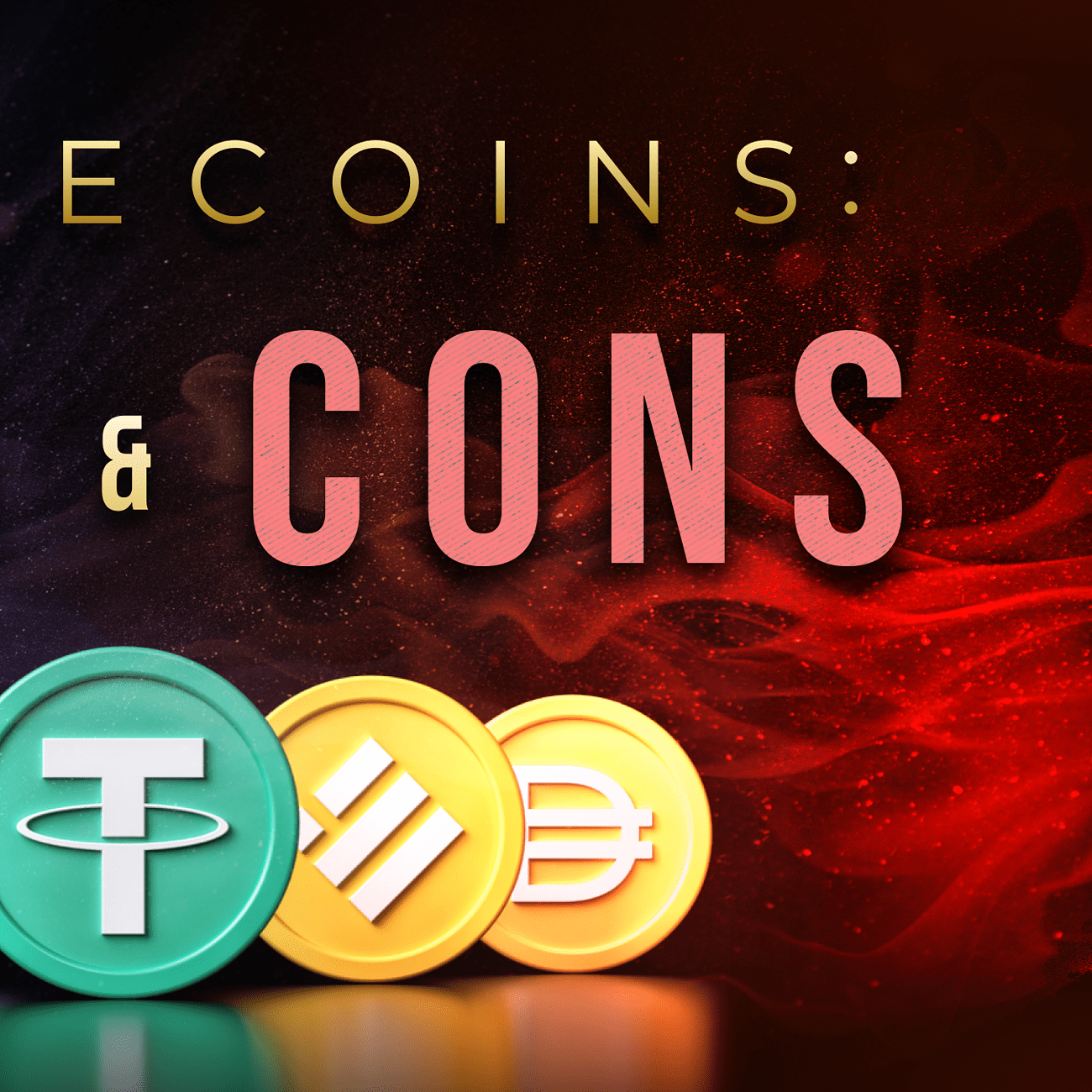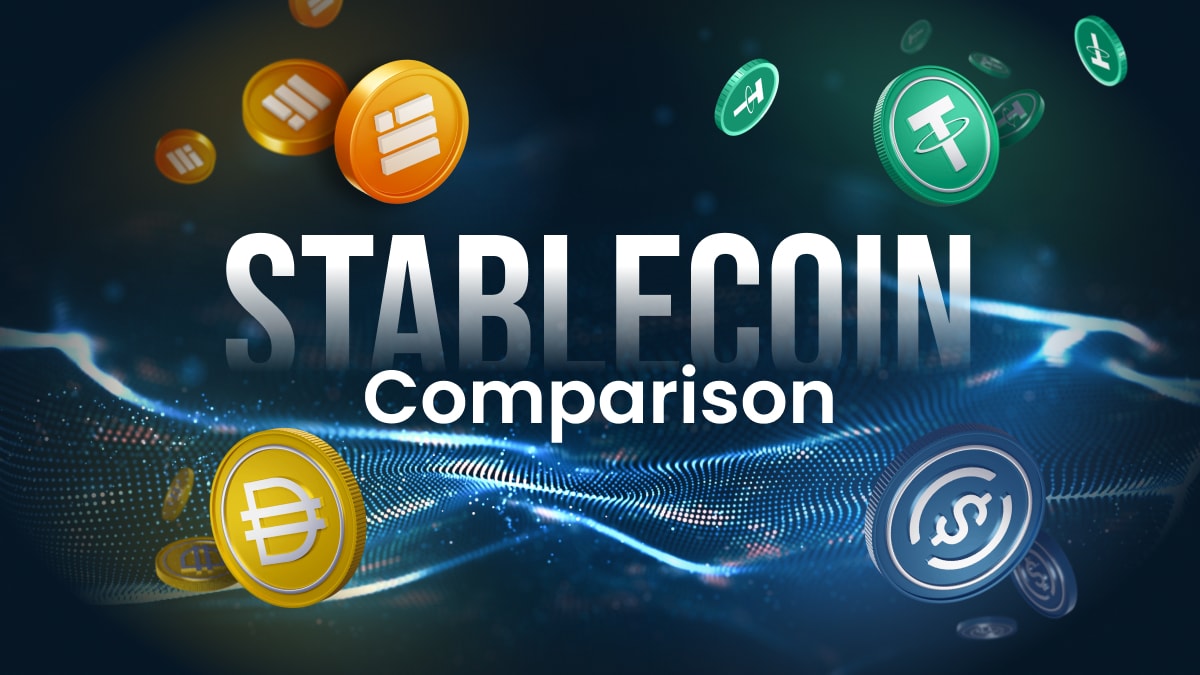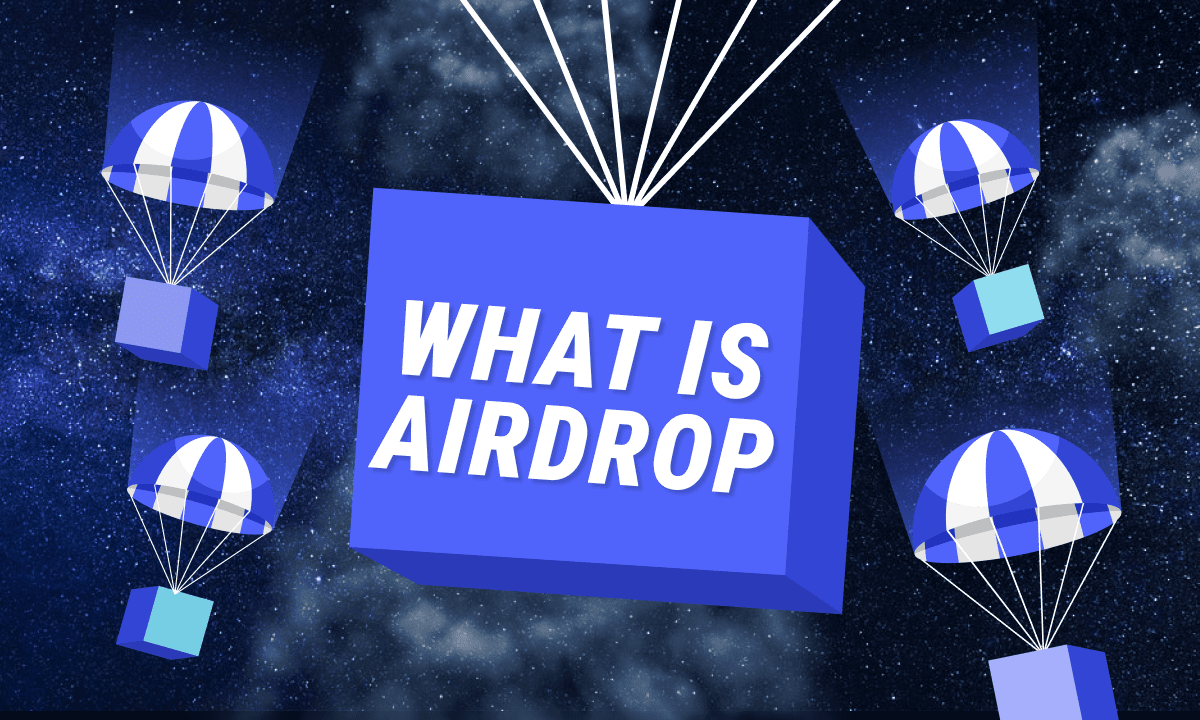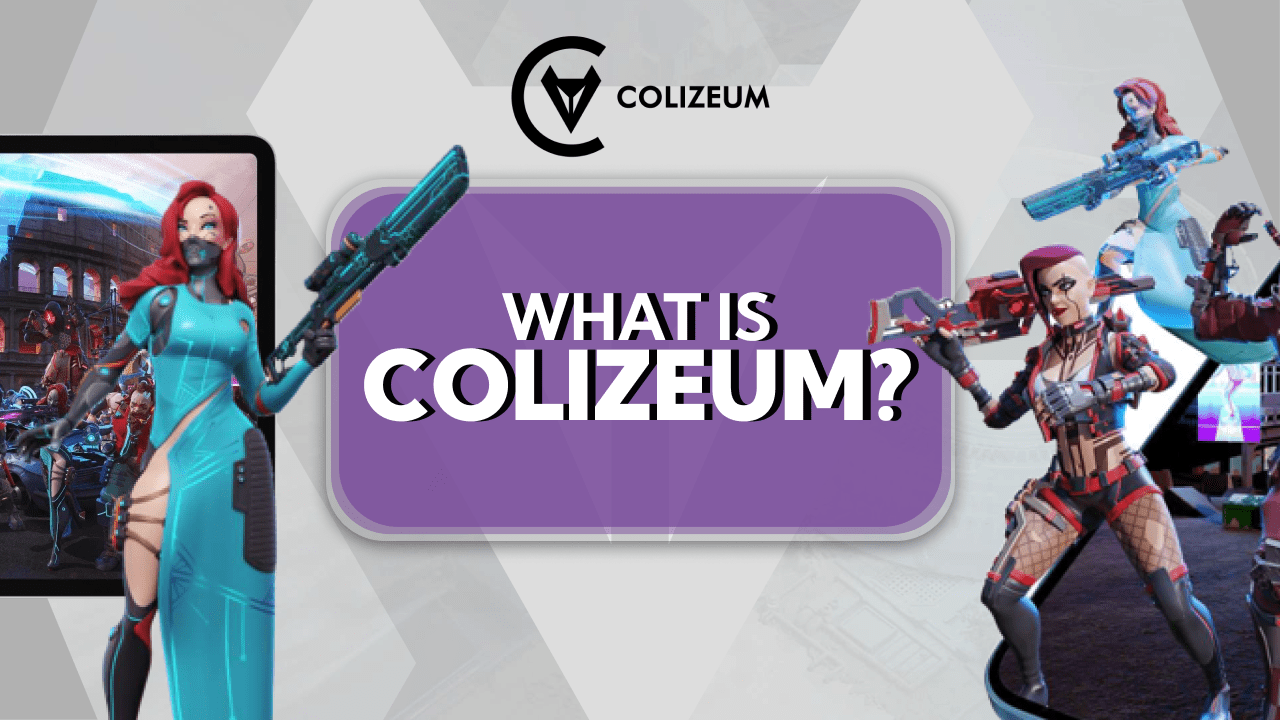Web browsers have become an integral part of life — without them, there would be no easy way to navigate the internet. Even if you are not familiar with the term “browser,” you have definitely used one before. Google Chrome, Apple Safari, Mozilla Firefox, and Brave are just some of the major browsers available today.
When you visit a website, your browser sends a request to the server where that website is located. The server sends back the content you see on your screen. Seems simple enough. But then what about crypto browsers?
What is a Crypto Browser?
If you have not heard of a crypto browser, it is likely because many people also refer to them as blockchain browsers. Both terms refer to any web browser that supports Web 3.0 technologies, such as blockchain. More specifically, these browsers bridge the gap between today’s Web 2.0 experience and the decentralized internet envisioned by Web 3.0 enthusiasts. By making decentralized protocols accessible through a familiar interface, crypto browsers provide a critical gateway to the decentralized ecosystem, especially for newcomers.
Almost all crypto browsers integrate a crypto wallet that allows you to buy, sell, or store your cryptocurrencies. While some of these crypto wallets are built into the browser (aka “browser-native”), many operate as extensions. For example, the MetaMask and Phantom browser extension wallets facilitate crypto transactions on the Ethereum and Solana blockchains, respectively.
In addition to crypto wallets, some crypto browsers integrate marketplaces for decentralized applications (dApps). Finally, certain crypto browsers also provide incentives that reward everyone who uses their browser. These incentives include crypto payments and mining rewards.
How Crypto Browsers and dApps Interact
Decentralized applications (dApps) are similar to the centralized apps found on your computer and mobile device. However, unlike centralized platforms such as Apple Music or Spotify, dApps are built on decentralized blockchain networks. Instead of using the HTTP internet language to communicate with the web, dApps communicate with the blockchain using smart contracts.
Browser-based crypto wallets have become a common portal to Web 3.0 because they facilitate convenient dApp interactions. These dApps can be games, decentralized exchanges (DEXs), decentralized finance (DeFi) protocols, and more. Most of the dApps you access through a crypto browser will look like a regular website. However, you cannot interact with these platforms without a crypto browser. For example, the Uniswap DEX looks like a typical website on the front end, but to access the back end dApp, you will need an Ethereum-compatible crypto browser.
It is important to note that browser crypto wallets are compatible with a specific blockchain. For example, MetaMask will interact with dApps built on Ethereum, while Phantom only connects with dApps on Solana. As a result, you may have to install more than one wallet extension on your crypto browser. If you prefer a more secure option, select a browser with a built-in wallet that is compatible with the dApps you will use most often.
DApps That Can Be Accessed Using Crypto Browsers
So you now know that crypto browsers allow you to interact with Web 3.0 technologies using a familiar interface. However, you might be wondering what kind of dApps you can access with your crypto browser — let’s take a closer look at some examples.
Decentralized exchanges (DEXs)
DEX protocols such as Uniswap (Ethereum) and Pancake Swap (Binance Smart Chain) can communicate with crypto browser wallets. This functionality lets you hold crypto in a non-custodial wallet while keeping your funds available for trading.
Borrowing and lending protocols
Similar to DEXs, borrowing and lending protocols can communicate with your crypto browser wallet. For example, if you connect your non-custodial wallet to the Compound protocol, you gain the ability to borrow or lend several different cryptocurrencies.
Payment networks
Protocols like xDai Bridge and OmniBridge allow you to “wrap” cryptocurrency so you can use it on a faster, Layer 2 blockchain network. For example, you might connect your wallet to xDai Bridge to convert ether ($ETH) to wrapped ether ($wETH) on xDai.
Games and non-fungible tokens (NFTs)
Crypto browsers can also enable access to gaming dApps and NFT marketplaces. For example, you might use your non-custodial wallet to visit the OpenSea marketplace to purchase an Ethereum-based NFT or the Binance Chain Wallet to play My DeFi Pet.
Qualities of a Good Crypto Browser
When it comes to cryptocurrency, privacy and security are the most important qualities to look out for. The platform you use for dApps and trading crypto carries most of the responsibility of keeping your wallet and identity safe. But you still need a secure browser that protects your passwords and browsing history.
When deciding which crypto browser is best for you, consider the following questions. Does the crypto browser integrate privacy features like ad blocking, tracker blocking, or a VPN? In addition, does the crypto browser use a built-in wallet or rely on extension wallets? Finally, does the crypto browser issue incentives as crypto or mining rewards?
- Built-in VPN — Several crypto exchanges, including popular ones like Binance and Kucoin, already let you trade crypto anonymously. If you want to take things a step further, getting a browser with a built-in VPN is a smart choice. The VPN hides your actual IP address and encrypts the traffic from your device.
If your preferred browser does not come with its own VPN, you can always install one as an extension. Just make sure to install one with a solid reputation.
- Built-in Wallet — For now, having a browser with a built-in wallet is more of a convenience than a necessity. You can store and keep track of your coins within the browser, saving you from sharing your data with another platform.
Do you want a browser that is an active part of your crypto operations instead of a conduit to a crypto platform? Getting one with a built-in wallet helps. But you should know that this is an emerging feature, and there are not many browsers that carry this feature yet. You will have to choose from a pool with limited options if this is important to you.
- Fast — In trading, when the difference between profit and loss can be quick decisions during market changes, you do not want to be stuck with an unreliable, unresponsive browser. You need something fast and dependable. Thankfully, a lot of browsers are great at this. Several of them are built on the Chromium engine, the fastest in the world.
- Tab Stacking — Another non-technical quality that serves cryptocurrency operations is tab stacking. Your research on different assets involves opening multiple tabs. It is easy to lose track of the exact website for a piece of information.
With tab stacking, you can arrange every tab according to your preference. You can open a stack that contains multiple tabs about Ethereum and another on Bitcoin. That way, if you need to find a piece of information, you know where to find it.
The Best Crypto Browsers in 2022
Knowing the essential qualities you should keep an eye for in a crypto browser, let’s explore some of the best browsers that fit the criteria.
Brave
Brave boasts two things: speed and privacy. Both result from its ad-stripping strategy. Even for non-crypto traders, Brave has emerged as a solid competitor among legacy browsers. What sets Brave apart is its aggressive anti-ad attitude. The browser was built to strip online ads from websites and its maker’s business model relies not only on ad blocking, but on replacing the scratched-out ads with advertisements from its own network.
Brave also eliminates all ad trackers — the page components advertisers and site publishers deploy to identify users so that they know what other sites those users visit or have visited. Trackers are used by ad networks to show products similar to ones purchased, or just considered. This is why you sometimes keep seeing the same ad no matter where you navigate.
The Chromium-based browser calls its built-in ad and cookie blocker Brave Shield. It also allows you to choose if you want websites to recognize your device and script blocking. This ad-blocking feature not only makes the browser secure, but it also makes it faster. Since ad scripts are not allowed, websites tend to load faster. There is a built-in VPN too if you want to take your privacy to the next level.
Aside from general security and privacy, Brave has a crypto wallet built into the browser. You do not have to install an extension or go to a website to access your coins. It also means you are not susceptible to phishing scams. Brave Wallet is CoinGecko sourced and has support for multiple coins, NFTs, and Web 3.0 dApps. If you already have assets in other wallets, such as Metamask, Ledger or Trezor, you can import them to Brave Wallet.
Brave Rewards: Earn while you browse
Brave browser’s Brave Rewards program lets you earn Basic Attention Token ($BAT) for free. Whilst Brave already has industry-leading ad and tracker removing features, it has a choice to allow users to view Brave Private Ads.
Brave Private Ads are advertisements on the Brave browser that users can opt-in to view. Some examples of ads include BlockFi, Verizon, Etoro and Bitpay. These ads will be either a background image on a new tab, a card on your Brave News feed or push notification. But unlike other web browsers out there, Brave will reward users for viewing these ads.
Users get the Basic Attention Token ($BAT) for viewing these ads. $BAT can be traded on exchanges with other cryptocurrencies and stablecoins, exchanged for gift cards, for tipping websites/content creators and more.
Crypto Browser Project
Crypto Browser Project is a brand-new browser dedicated to cryptocurrency launched by Opera. The Crypto Browser Project is currently available in beta on Windows, Mac, and Android, with an iOS version coming soon. The browser has Web 3.0 integration at its core to make it easier to interact with blockchains, providing features like a built-in crypto wallet, easy access to cryptocurrency/NFT exchanges, support for decentralized apps (dApps) and more. The aim is to simplify the Web 3.0 user experience that is often bewildering for mainstream users.
A key feature is the built-in non-custodial wallet that will support blockchains including Ethereum, Bitcoin, Celo and Nervos from the get-go. The project has also announced partnerships with Polygon and other networks. The idea is to let you access your crypto without the need for any extensions, with the option of using third-party wallets as well. You can purchase cryptocurrencies via a fiat to crypto on-ramp, swap crypto directly in-wallet, send and receive it and check your wallet balance. It even has a secure clipboard that ensures your data security when you copy and paste.
Another stand-out feature of the new browser is its “Crypto Corner,” which contains all the latest blockchain news, crypto-related podcasts, and vlogs and keeps track of upcoming airdrops and crypto events. The Crypto Browser Project also comes with a sidebar that takes you to Crypto Twitter, Discord, Reddit, and more, as well as Telegram and Whatsapp.
Opera has said that the browser will be released as open source soon, adding that the goal is to “integrate these blockchains and decentralized domain naming systems into our crypto browsers, allowing you to enjoy them all.”
Osiris
Osiris is a blockchain-based browser that emphasizes easy access to decentralized apps and acts as a link between different blockchains. It comes with all the basic functions, clean and easy-to-use interface, and focuses on privacy. Osiris also supports peer-to-peer (P2P) file hosting similar to Brave browser. It is the world’s first web browser to work on its blockchain network.
Osiris browser comes with its unique crypto wallet called Metawallet. Not to be confused with the Metamask wallet, this wallet is embedded in the browser and only available on Osiris.
The main advantage of Metawallet is that it acts as a layer 2 solution, allowing faster transaction speeds. It will also act as a link between different blockchains- all this without excessive transaction fees. It currently supports ETH, TRX, and ACE, with DOT and BSC coming soon.
Osiris Armor is an in-built ad blocker that blocks intrusive ads on websites and YouTube videos. It will block all data collection and tracking scripts present in cookies. You can see all the ads and cookies it has blocked so far- the implementation works well and helps improve privacy. By blocking ads, Osiris is able to offer fast page loading and reduced mobile data charges while allowing users to access content without interruption.
The Osiris browser supports various search engines that are interchangeable according to your preference. You can also personalize your browser with bookmarks and extensions without having to worry about personal data collection.
Osiris also features optimized support for dAppstore. This is a marketplace where you can easily find and access various decentralized apps and projects. This integration with the Osiris browser allows these projects to reach a wider audience. It allows easier access while eliminating any security threats and issues.
Opera Reborn 3
Opera is a familiar name in web browsers. It is fast and helps save a lot of data which is why it has a very large user base. It also comes with a built-in ad blocker and personalized browsing that helps provide a better and tailored browsing experience. Opera recently launched a new version of its browser called the Reborn 3 with a built-in crypto wallet, a free unlimited VPN, and a Web 3 explorer for accessing blockchain apps.
Opera Reborn 3’s multi-wallet allows you to store and swap tokens and cryptocurrencies. This wallet will act as your online identity on decentralized platforms where you can link your wallet address to sign in. Currently, this wallet supports networks like ETH, TRX, and CBK. Support for more networks will be added in time.
Opera Reborn 3 also supports access to decentralized apps and websites, including the dAppstore, which is a huge marketplace for decentralized apps. These features are also available on mobile for Android and iPhone users.
Tor
Before cryptocurrency went mainstream, Tor had a bulletproof reputation as a private and secure web browser. It does not function like a typical browser. Instead, it routes your data through the Onion network (a series with random nodes), making your traffic untrackable and anonymous.
Tor also encrypts your traffic thrice during this process. So, not only are you untraceable, no one can learn your identity or track your online behavior. This means that on top of using an anonymous exchange like Binance, no one can track your browsing history and traffic.
The security features do not end there. Tor also comes with HTTPS Everywhere, ensuring you always open the safer version of any website you visit. This reduces the chances of you opening a fake crypto exchange or wallet site via phishing. There is also NoScript, a program that blocks Flash and Javascript, which hackers can use to attack you.
Tor does not save your browsing data because it deletes them after every session. Also, every window acts as a separate private browser, so no data is shared between different windows. All of these features make Tor the best option if your priority is security and privacy.
That being said, Tor is slower than most browsers since it routes your traffic through multiple network nodes. It can take up to 30-40 seconds for a page to load. Not unusable, but not excellent either. It is also limited to trading functions on centralized pages and does not have the ability to interact with decentralized apps.
If those tradeoffs are something you are willing to compromise, then you can rest easy knowing that your coin assets are safe, and everything about your online behavior is secure, down to your searches. Tor uses DuckDuckGo, a privacy-focused search engine that does not collect or share your data.
Conclusion
Cryptocurrencies are rising in relevance as a store of value and mode of payment. Since they are entirely digital, holders need trustworthy, safe, and convenient web browsers that allow users to access them easily.
Development in Web 3.0 is also going on very fast, with more products adopting the decentralized web, sidelining the current-gen Web 2.0. Hence, we will likely see more Web 3.0 products and services emerge this year.
Web 3.0 users might have different criteria while selecting their favorite browser, but it is common understanding that a good browser has to provide convenience, privacy, and most importantly ensure asset security. The Internet is a common good and the browser is the key to freely open doors within it.
Sources:
https://blogs.opera.com/crypto/2022/01/opera-crypto-browser-project-web3/
https://brave.com/learn/what-are-crypto-browsers/
https://browsertouse.com/blog/5783/open-email-links-in-gmail-mac-windows/
https://rigorousthemes.com/blog/best-browsers-for-cryptocurrency/

